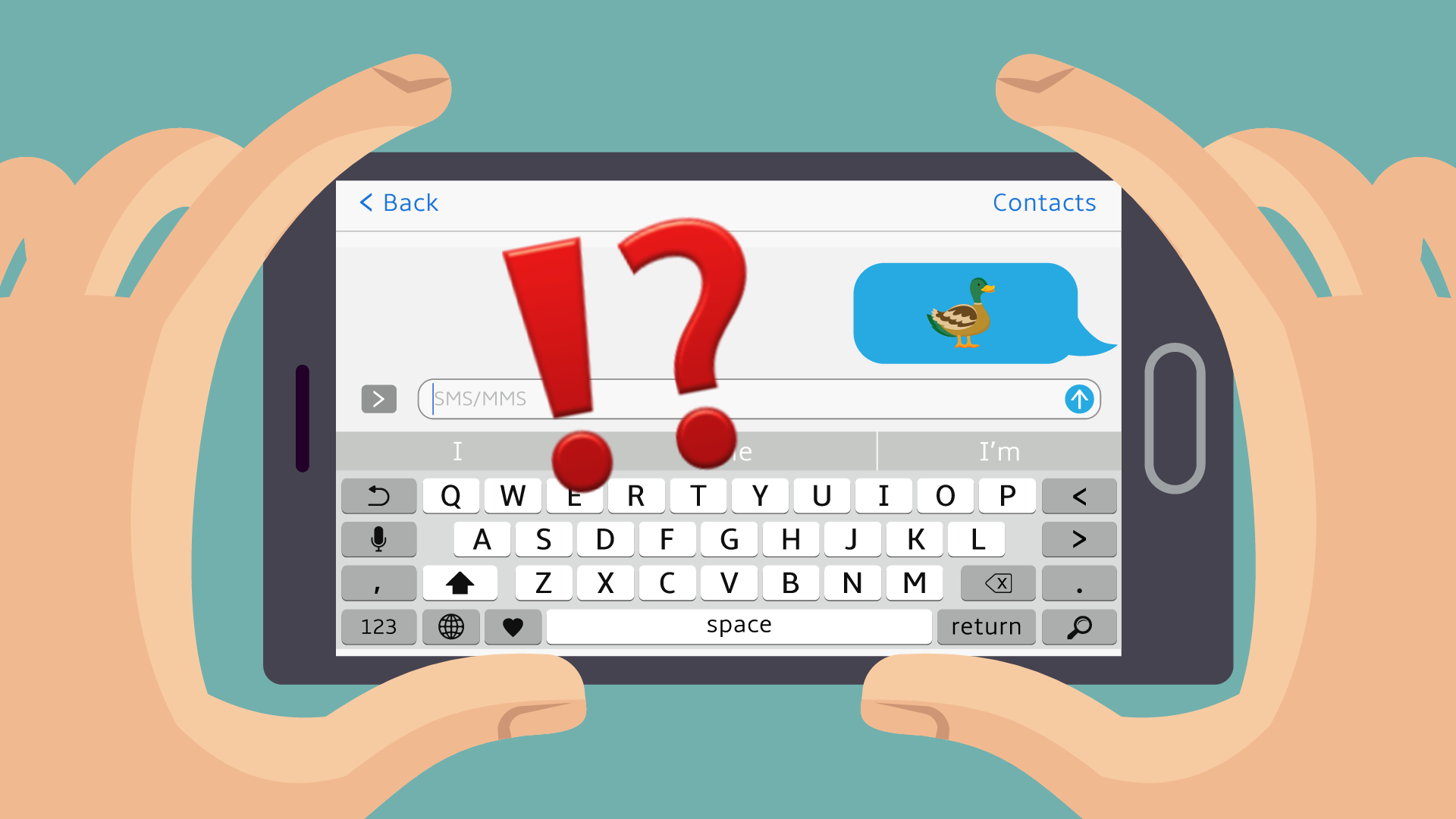- Autocorrect has been a feature on the iPhone for over 10 years, but it still makes so many frustrating mistakes while we text.
- To get to the bottom of the issue, we spoke with Ken Kocienda, who helped create autocorrect for Apple.
- In the video above, Kocienda explains how autocorrect works and what’s going on when it misinterprets the word or phrase you’re trying to type.
Following is a transcript of the video.
Narrator: Have you ever tried typing something but your phone keeps changing it to something else? This ducking keyboard can be so frustrating! It can seem like autocorrect is working against you instead of helping you. But the iPhone has had autocorrect for over 10 years. Why does it still suck? Whether you’re on iPhone or Android, using the default keyboard or a third-party app you deal with autocorrect every single day. Usually, it works great but sometimes it completely refuses to understand what you typed. To figure out what’s happening we have to understand how autocorrect works. When you type something on a phone there’s a lot of work going on in the background. The phone analyzes your input and compares it to stored dictionaries and language models. The phone then tries to correctly interpret the word or phrase you’re trying to type. So when you type “fopd” your phone changes it to “food” because “fopd” isn’t a word but it’s only one letter away from “food.” But not every example is this obvious.
Ken Kocienda: The vowels U, I, and O are very close to each other so a word like put, pit, and pot those, those were real challenges.
Narrator: That’s Ken Kocienda, he’s one of the people who developed autocorrect for Apple. We spoke with Ken to find out what’s happening inside of autocorrect.
Ken Kocienda: My job was to come up with a way to make speedy and accurate typing possible on a sheet of glass.
Narrator: The hardest part isn't correcting spelling or grammar, it's interpreting what you meant to say from what you wrote. And autocorrect is actually pretty good at this but users tend to notice autocorrect only when it makes mistakes.
Ken Kocienda: If it does what it's supposed to do 19 times and then that 20th time it makes a mistake that is either distracting or embarrassing, that one mistake wipes out the positive feelings that people have for the 19 times where it just worked.
Narrator: This is especially obvious when autocorrect leads to unwanted changes. Sometimes it can feel like you're fighting against your keyboard.
Ken Kocienda: Mostly people complain about how autocorrect gets in the way of their swearing. The ducking keyboard.
Narrator: The iPhone keyboard will let you swear, it just wants to prevent you from accidentally sending a word that you didn't mean to send. It might seem like you're always wrestling with autocorrect, but you can take control of your dictionary. On iOS go into Settings, General, Keyboard, and then tap "Add Shortcut" or "Text Replacement." Here you can add a new word or a shortcut that fills in a word when you type a few letters. You can Google around to find out how to add words to the various versions of Android or third-party keyboards. So, you might still think autocorrect sucks but it's actually gotten a lot better since version one and some developers have introduced new tools like swipe to type to make typing on a smartphone easier. In the future, machine learning might create an autocorrect that's more accurate than ever but whatever the technology is we can't lose sight of the original goal of autocorrect.
Ken Kocienda: The goal that I like to think about for the product is for it to have the software melt away. Autocorrection is not supposed to be glamorous, right? It's just supposed to be useful.
Narrator: Autocorrect is far from perfect but our messages would look a lot worse without it.

